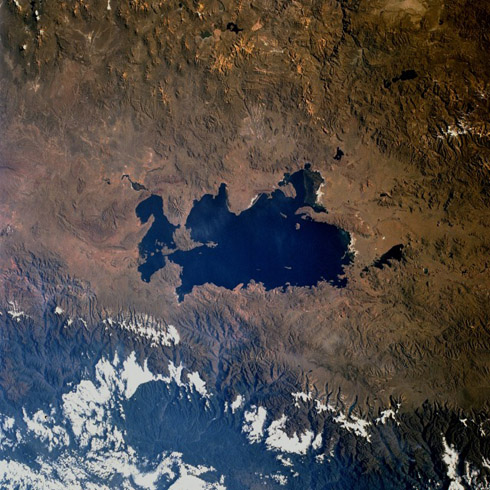Rare Animal-Shaped Mounds Discovered in Peru by MU Anthropologist
*Anthropology Helps Us Understand the Past and Allows for a Deeper Understanding of the Future.*
COLUMBIA, Mo. — For more than a century and a half, scientists and tourists have visited massive animal-shaped mounds, such as Serpent Mound in Ohio, created by the indigenous people of North America. But few animal effigy mounds had been found in South America until University of Missouri anthropology professor emeritus Robert Benfer identified numerous earthen animals rising above the coastal plains of Peru, a region already renowned for the Nazca lines, the ruined city of Chan Chan, and other cultural treasures.
“The mounds will draw tourists, one day,” Benfer said. “Some of them are more than 4,000 years old. Compare that to the effigy mounds of North America, which date to between 400 and 1200 AD. The oldest Peruvian mounds were being built at the same time as the pyramids in Egypt.” (more…)

